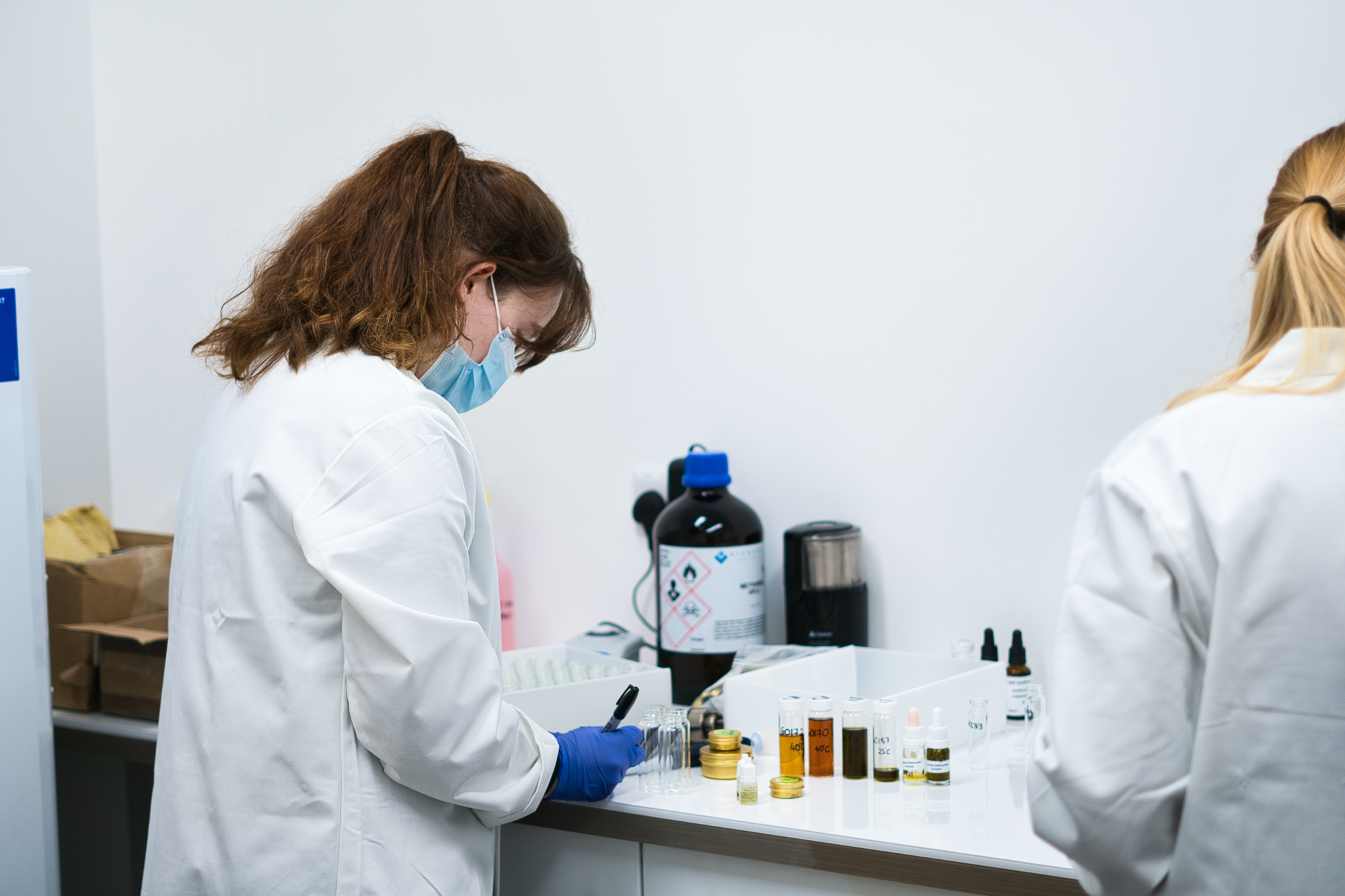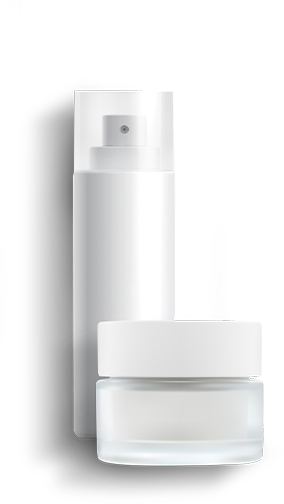ADSL has been generating Cosmetic Product Safety Reports (CPSRs), for over 15 years. But what is a CPSR is and why are they are so vital when it comes to product safety.
A Cosmetic Product Safety Report (CPSR) is a mandatory document for any cosmetic product that is to be sold within certain regions, like the UK or European Union. It is part of the compliance requirements under cosmetic regulations such as UK/EU Regulation 1223/2009.
The CPSR is divided into two main parts: Part A and Part B.
The distinction between the two parts is essentially between gathering all relevant safety information (Part A) and critically assessing this information to make a final judgment on the product’s safety (Part B). The CPSR is acrucial document in ensuring that cosmetic products are safe for consumer use.
CPSR Process overview
CPSR Part A – Safety Information:
This part of the report contains detailed information about the cosmetic product, including its formulation, physical/chemical characteristics, microbiological quality, impurities, packaging material, normal and reasonably foreseeable use, exposure to the cosmetic product, exposure to the substances, toxicological profile of the substances, any reported undesirable effects and serious undesirable effects, and additional relevant information on the cosmetic product.
Essentially, Part A is a compilation of all the relevant data about the product and its ingredients, focusing on their safety profile.
CPSR Part B – Safety Assessment:
Part B is the actual safety assessment. This part is prepared by a qualified safety assessor and involves acritical evaluation of the information compiled in Part A.
The safety assessor will review all the data and make a judgment on the overall safety of the cosmetic product. This includes an assessment of the risk to human health from exposure to the product, taking into account the particular conditions of use and the population exposed.
Part B concludes with the safety assessor’s statement on the safety of the product, including any conditions or restrictions that should be applied to ensure safe use.
What information is required for part A?
- Product name & formula reference.
- Business name, address, contact name and telephone number.
- Target population: Adult, Child, Newborn, Pregnant & Lactating women etc…
- % Breakdown of ingredients
- IFRA & Allergen declaration for fragrance and / or essential oil
- Directions of use
- MSDS/Spec all raw materials
- Formulation specification
What testing is required to complete part B?
- Stability Testing – 12 week test, 500g of product required
- PET (Challenge) – 5 week test, 150g of water based product required
- Additional information required: materials used in packaging. Details of any adverse reactions
Take the next steps
We hope this is helpful to you. If you have any further questions or require any clarification please don’t hesitate to please speak to our Cometic Product Safety Report team today. Please call +44 (0) 1803 520 048 or book a free video consultation with us using the Get Started link.




